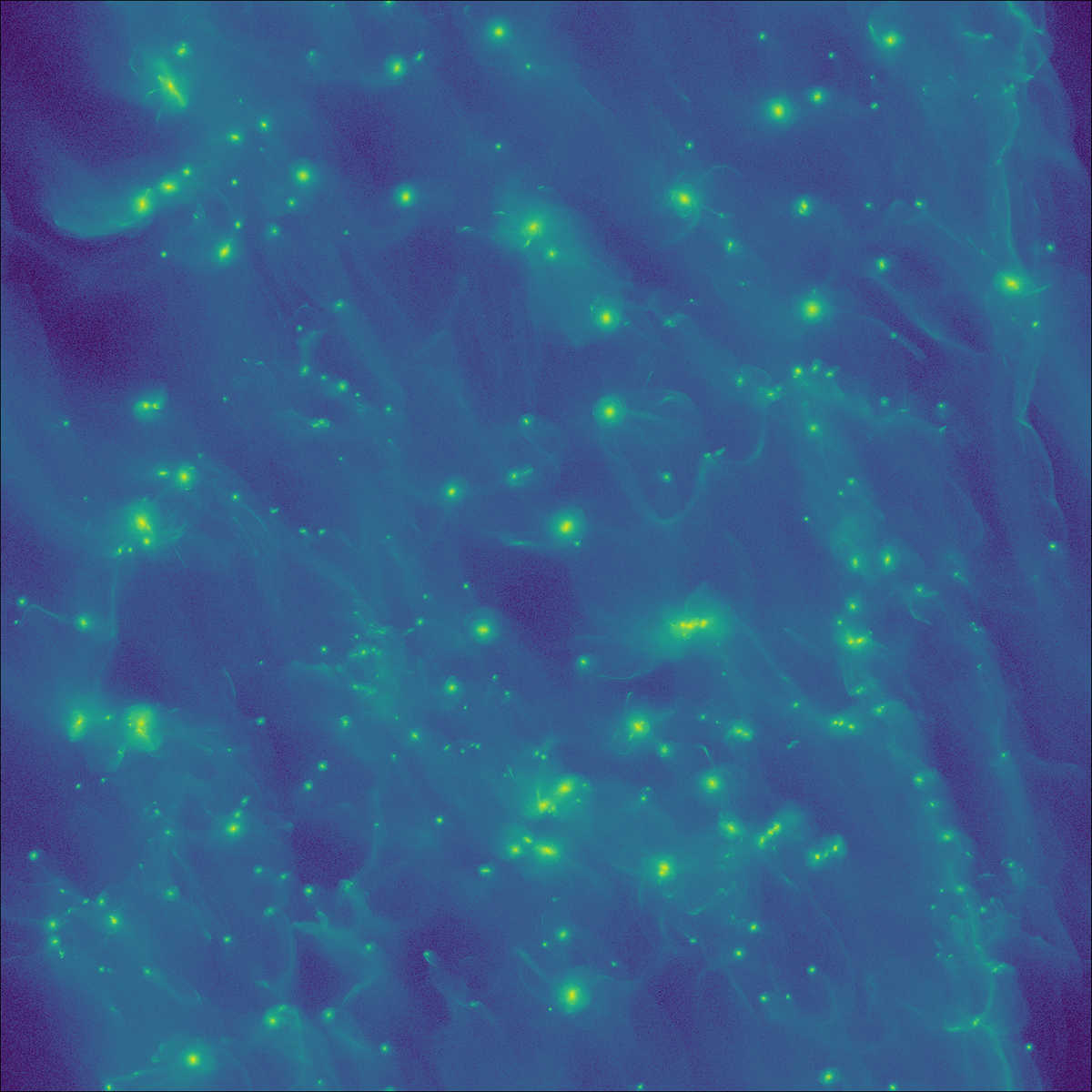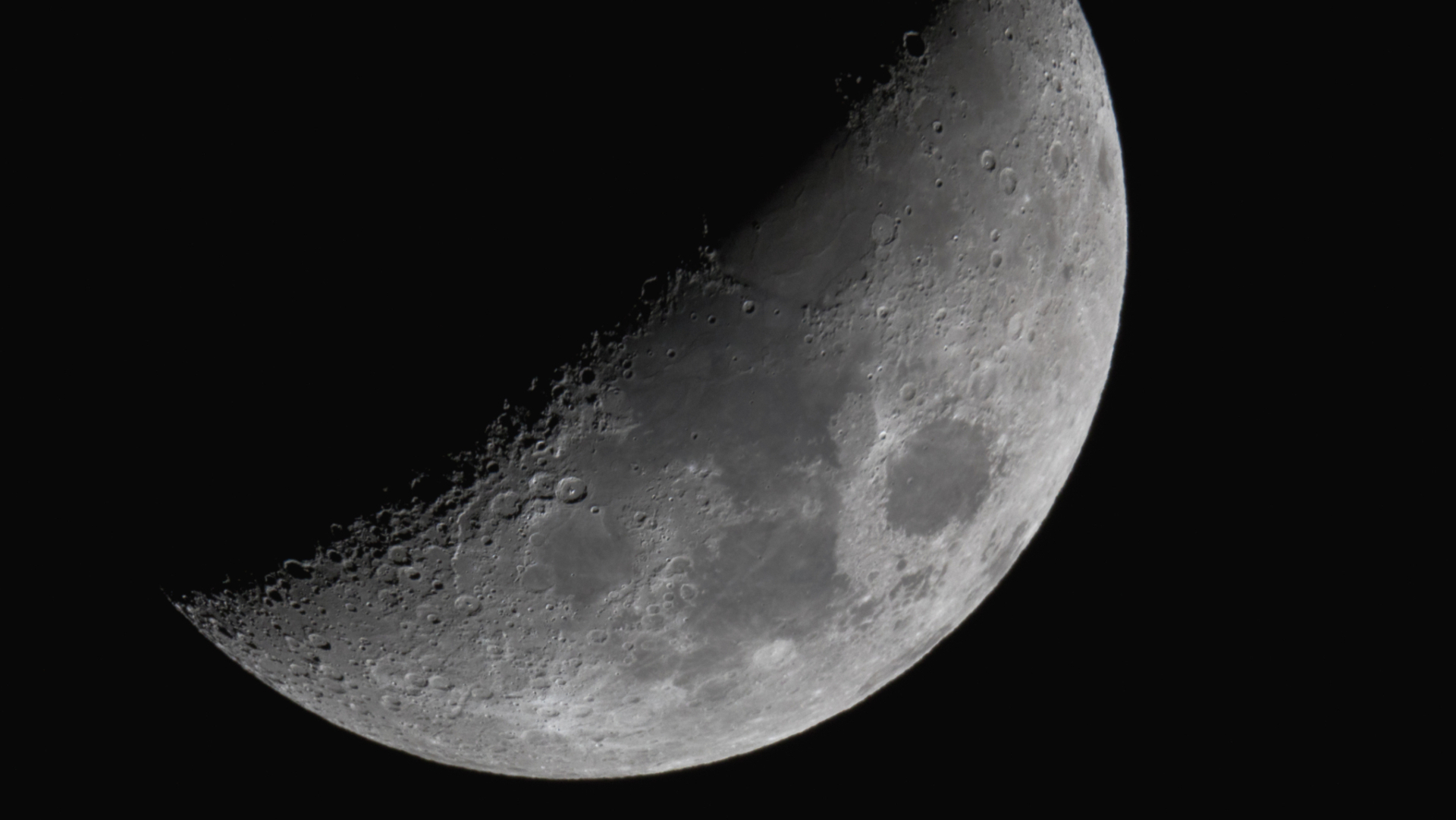Outer Solar System Mystery Suggests a ' 'Heads-Up' Answer
A new study of a distant region of our solar system could help scientists better understand how planets formed. And while the language used in the report includes terms such as "heads-up" and "tails-up," the evidence for this new theory appears to be stronger than a simple coin toss.
An enduring mystery in astronomy is the origin story of planetesimals, which are rocks that are more than 0.62 miles (1 kilometer) across. Billions of years ago, planetesimals gradually coalesced and built up, piece-by-piece, into planets. While many were absorbed into the planets, there are still untold thousands of these pieces floating around in the solar system in the form of asteroids (rocky bodies) and comets (which contain more ice than asteroids do).
Scientists have a good handle on how dust grains coalesce from gentle collisions and chemical interactions, but they are less certain about how those small clumps come together to build chunks about 3 feet (1 meter) across.
Related: A Gentle Kiss: How the Kuiper Belt Object Ultima Thule Was Born
A leading theory is something called "streaming instability," which refers to what happens when large dust grains come near the gas around young stars. Scientists think that the mutual interactions that take place under these circumstances make the grains clump together, and eventually create planetesimals as the grains collapse under their own gravity.
Luckily, the secret may lie in the Kuiper Belt — a region of small, icy objects beyond the orbit of Neptune. (It's the home of dwarf planet Pluto and thousands of smaller worlds, including the object 2014 MU69, nicknamed Ultima Thule, that New Horizons flew by at the beginning of the year.)
The Kuiper Belt is so far out in the solar system that it remains relatively undisturbed — in a state close to how the young solar system might have been four billion or so years ago. Closer to the sun, the planet Jupiter has caused massive disturbances in comet and asteroid orbits, and all small worlds have been exposed to more radiation from the sun.
Breaking space news, the latest updates on rocket launches, skywatching events and more!
The team scoured the region using the Hubble Space Telescope and Hawaii's Keck Telescope. Of the surveyed worlds, scientists discovered that most double (or binary) objects orbit in the same direction as the planets orbit. (That's called "heads-up" in planetary parlance — and the opposite is called "tails-up.")
It's an important finding, according to a statement from the Southwest Research Institute, where the scientists behind the new research are based. Before, many astronomers predicted that binaries form when two passing planetesimals pass close to one another and get captured in their mutual gravity. But this scenario usually results in a "tails-up" configuration, which was not the case for most of the worlds that they saw.
The team next tried simulating the streaming instability on supercomputers, to see if this process could explain the heads-up worlds they saw: So far, it appears to do so. The dense clumps that occur after streaming instability result in a heads-up rotation 80% of the time — just in line with the percentage of heads-up objects they observed.
"While our simulations can't yet follow the collapse all the way to forming binaries, it appears we are on the right track," said co-author and visiting SwRI scientist Jacob Simon in a statement.
"The solar system offers many clues to how planets formed, both around our sun and distant stars," said lead author David Nesvorny, a scientist who studies small worlds at SwRI. "Although these clues can be difficult to interpret, observers and theorists working together are starting to make heads or tails of these clues — and the evidence is mostly heads."
A paper based on the research recently appeared June 24 in the journal Nature Astronomy.
- Destination Pluto: NASA's New Horizons Mission in Pictures
- 'Meet Ultima Thule': 1st Color Photo of New Horizons Target Reveals a Red 'Snowman'
- These Are the Most Out-of-This-World Photos Ever Taken — Literally
Follow Elizabeth Howell on Twitter @howellspace. Follow us on Twitter @Spacedotcom and on Facebook.

Elizabeth Howell (she/her), Ph.D., was a staff writer in the spaceflight channel between 2022 and 2024 specializing in Canadian space news. She was contributing writer for Space.com for 10 years from 2012 to 2024. Elizabeth's reporting includes multiple exclusives with the White House, leading world coverage about a lost-and-found space tomato on the International Space Station, witnessing five human spaceflight launches on two continents, flying parabolic, working inside a spacesuit, and participating in a simulated Mars mission. Her latest book, "Why Am I Taller?" (ECW Press, 2022) is co-written with astronaut Dave Williams.

